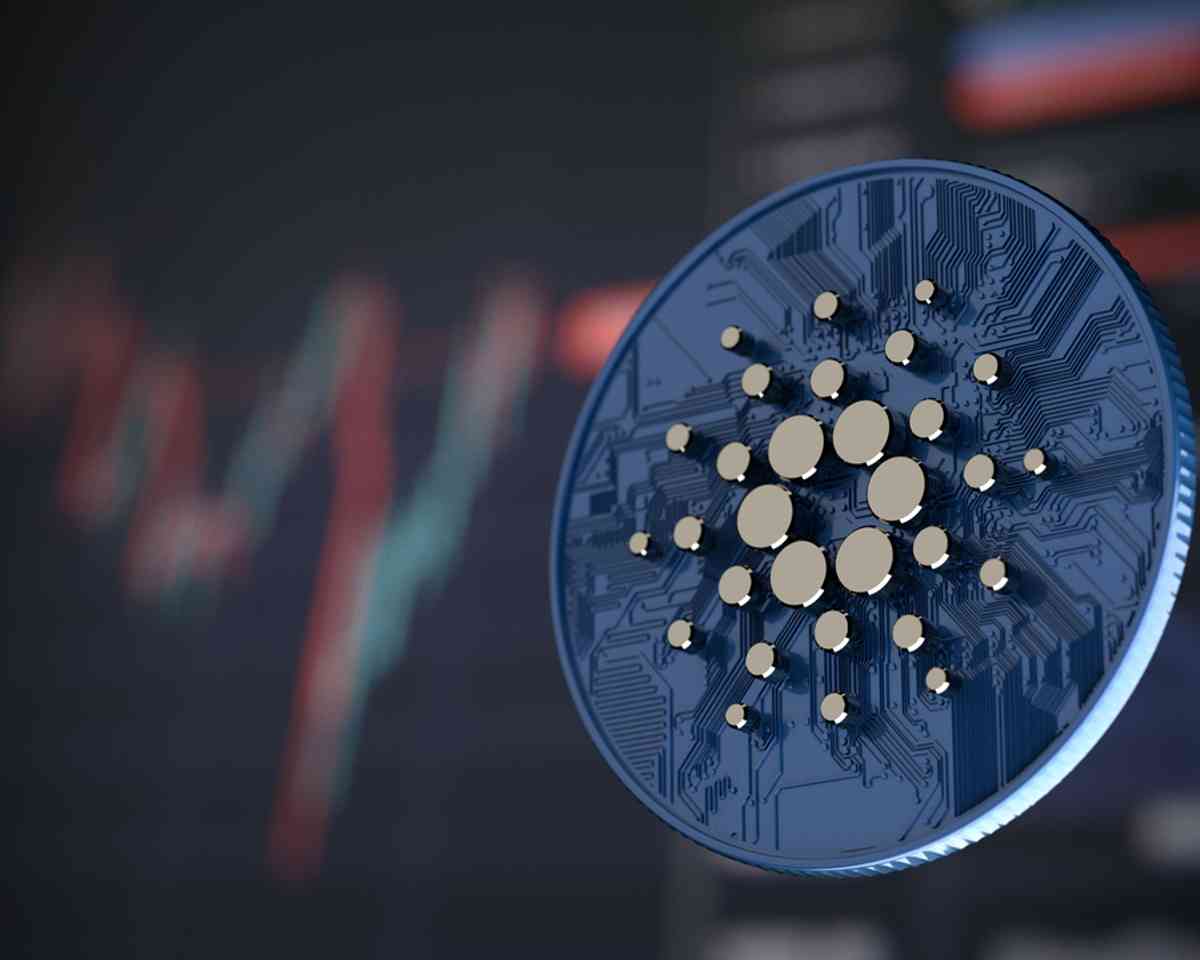What is cardano?
Cardano is a proof-of-stake platform, developed by the co-founder of the proof-of-work blockchain Ethereum. He saw the limitations of the PoW network, referring to its scalability, interoperability and sustainability and started to develop Cardano in 2015. The platform and the Ada token were launched in 2017.
Cardano’s digital currency is called Ada, after an English mathematician, known to be the first computer programmer - Ada Lovelace.
Cardano runs on Ouroboros. This is a consensus protocol is the first PoS protocol with proven security. Ouroboros is designed to reduce energy expenditure, by eliminating the need for massive resources, which are a must for the functioning of the proof-of-work algorithm.
Cardano is called the third-generation cryptocurrency. Its aim is to be more sustainable and scalable, than Ethereum and Bitcoin. This also means that Cardano is much more secure, faster and environment-friendly.
Should we invest in cardano?
Cardano surely has a potential to grow even if it doesn't have much attention yet. It is an interesting altcoin for future investments but, as any other cryptocurrency, it hides risks.
Here are some facts about Cardano, you should know, before you invest in it.
Eco-friendly
As we have already mentioned, Cardano uses the proof-of-stake system for verifying transactions, which makes it much more energy efficient than other cryptocurrencies, like Bitcoin or Ethereum, for example. To be more accurate, Bitcoin uses about 130 terawatt hours, while Cardano uses around six gigawatt.
The reason is that proof-of-work, unlike the proof-of-stake, does not put a limit on the number of devices, verifying transactions.
Cardano’s founder
Another interesting fact about Cardano is that its founder was part of the team that developed Ethereum - Charles Hoskinson. Although Hoskinson was removed from the Ethereum project, he started developing a new cryptocurrency in 2015, which was similar to Ethereum.
Number of transactions
As we already said, Cardano is much more scalable than other famous cryptocurrencies. For example, Bitcoin processes around 5 transactions per second, and Ethereum - 15. Cardano, on the other hand, processes more than 250 transactions per second. Besides that, another layer is planned to be added to its blockchain. With this new technology, users could process one million transactions per second.
Users
Another interesting side of Cardano is its huge community and wide range of users. It is an aspiring project, famous among people from different industries.
An example for that is the Ethiopian Education Ministry, which has a partnership with Cardano. The blockchain is going to store tamper-proof records for millions of Ethiopian students, so when they get a higher education and job, their achievements will be available on the Cardano blockchain.
Cardano has a use case in industries like Health care, Finance and even Agriculture.
Research - first
Cardano is known to have a special research-first approach. Specialists are making the development process slow and steady , which means that you can not expect rapid changes on the blockchain.
One of the main advantages of Cardano is that its peer review could catch any possible security issues.
Limited number
As we know some cryptocurrencies have a limited supply. For example Bitcoin has a fixed supply of 21 million, and all of them are already mined.
Cardano also has a limit - 45 billion ADA. The limited supply could be seen as a sign of a price increase, but of course there is no guarantee.
Exchanges
Cardano is one of the biggest cryptocurrencies available and can be found on the best crypto exchanges, for example Coinbase, eToro, Binance, Kraken, etc.
You can’t find Cardano in every exchange, though. Gemini exchange still doesn’t have it. Also, you can’t buy Cardano through Venmo or PayPal.
While Cardano can be looked at as a game changer, like every other cryptocurrency, it has its risks. No one could say for sure that it will be as successful as expected, so before you make your investment in it, make sure to know all of its possibilities and drawbacks.
